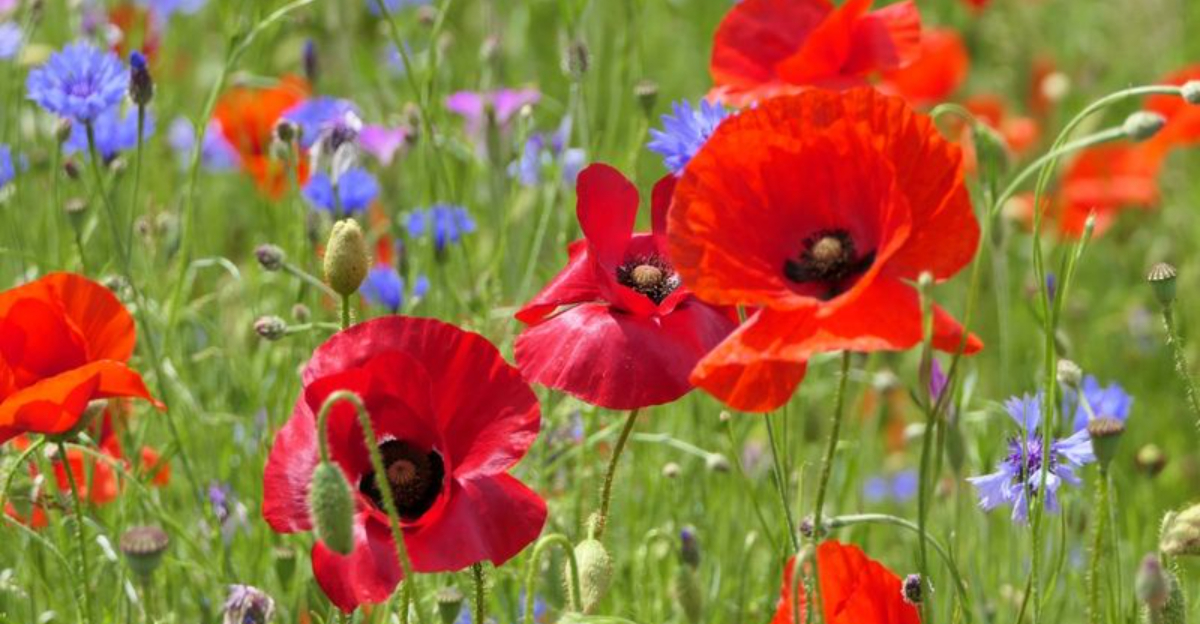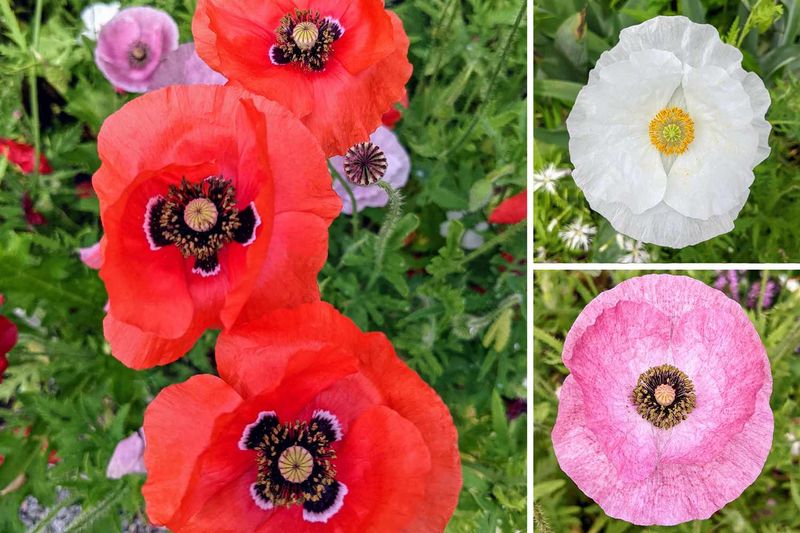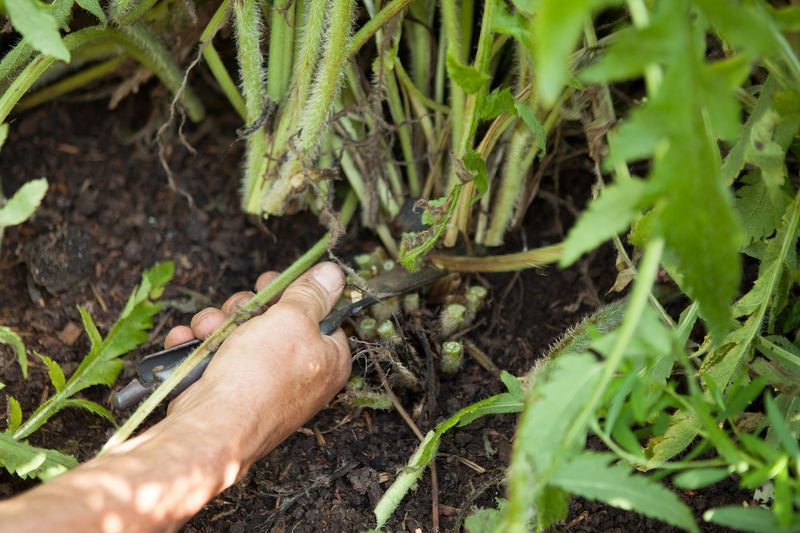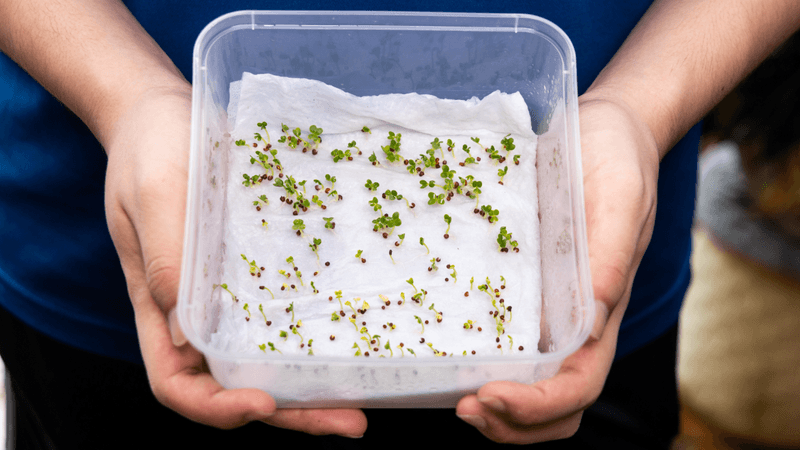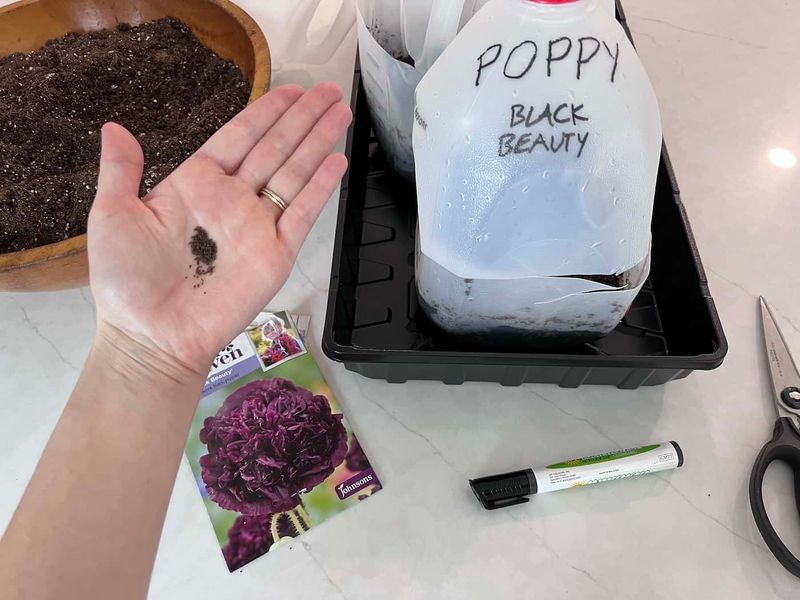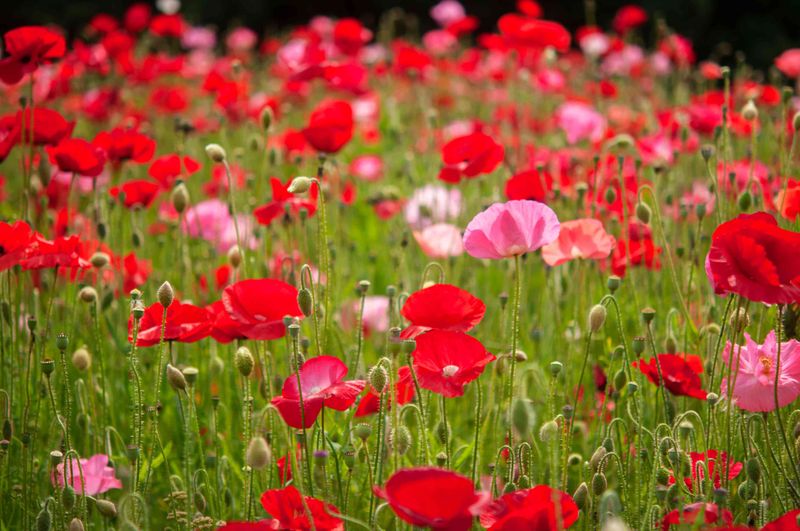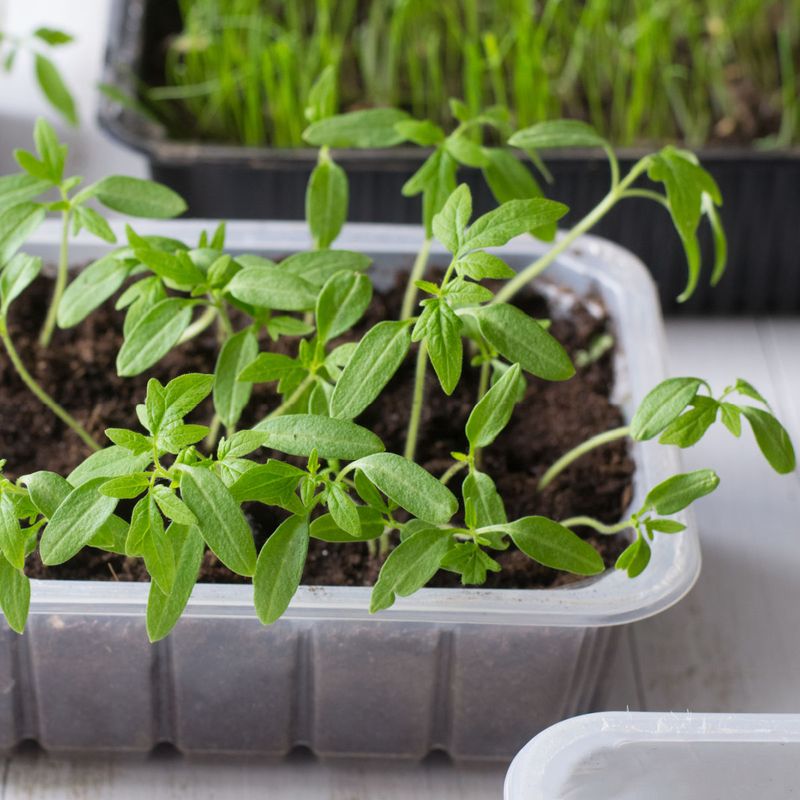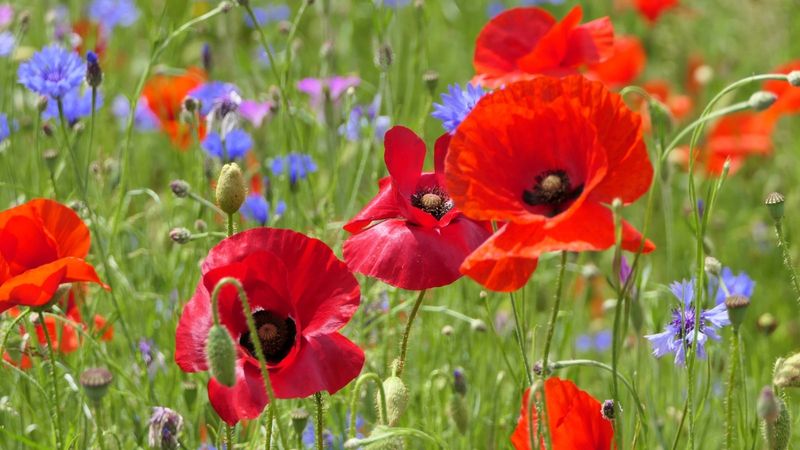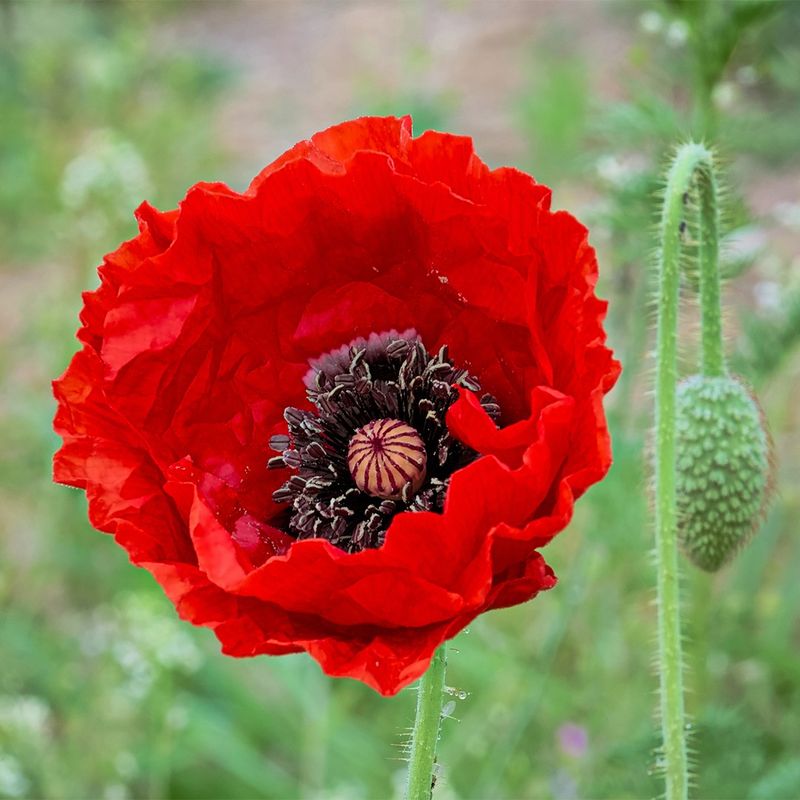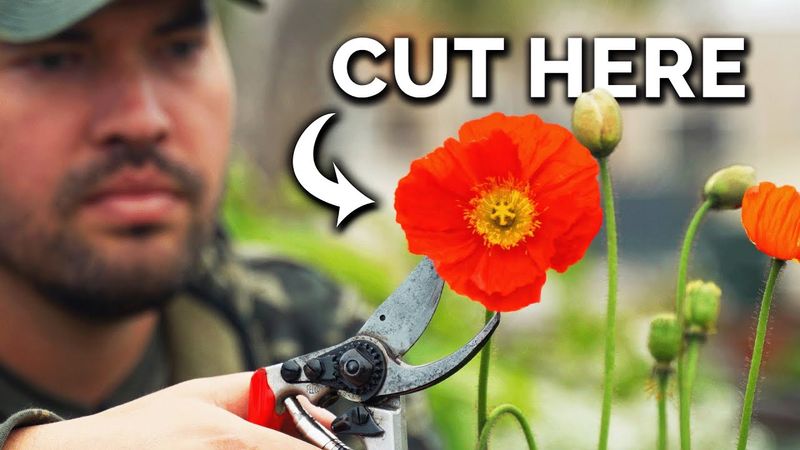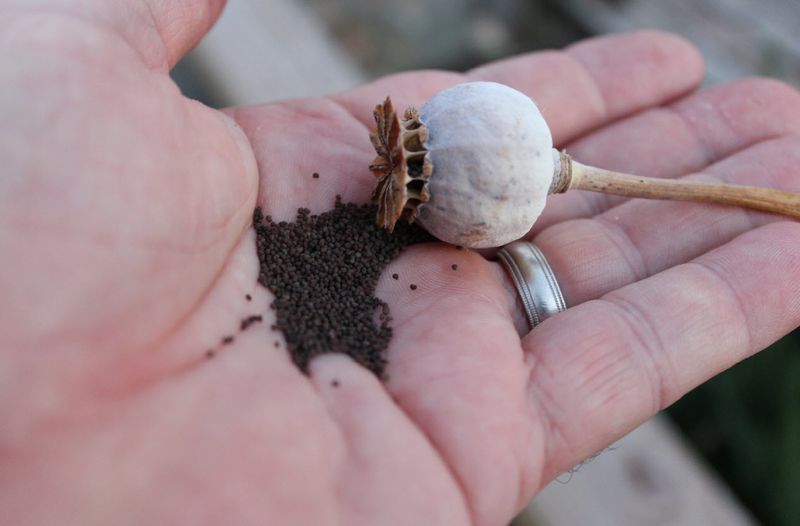Growing poppies can be a rewarding experience, transforming your garden with vibrant colors and delicate textures. Whether you are a seasoned gardener or a novice, understanding the nuances of poppy cultivation is essential.
These 11 expert tips will guide you through selecting the right varieties, preparing your soil, and ensuring your poppies thrive year after year. Enjoy the journey of gardening with these beautiful blooms.
1. Choose the Right Variety
Selecting the right poppy variety is crucial for success. Consider your local climate and soil conditions when choosing between Oriental, Icelandic, or California poppies. Each variety has its own unique characteristics, such as bloom size, color, and hardiness.
Consulting with local gardening experts can provide insights into which type will thrive best in your area. Experimenting with different varieties can also be a delightful experience.
Remember, the right choice will lead to healthier plants and more vibrant blooms. Ensure you understand the specific needs of the variety you select to maximize growth potential.
2. Plant in Well-Draining Soil
Poppies require well-draining soil to prevent root rot and other moisture-related issues. Sandy or loamy soils are ideal, providing the right balance of drainage and nutrient retention.
Testing your soil before planting can help you determine if amendments are necessary. Consider adding organic matter or sand to improve soil structure, if needed. Proper soil preparation is crucial, as poppies hate wet roots.
By focusing on creating the right environment, you’ll encourage healthier, more resilient plants. Consistent soil care is a key component in growing perfect poppies year after year.
3. Sow Seeds Directly
Direct sowing is the most effective method for planting poppies. Poppies dislike transplanting, which can stress the seedlings and hinder growth. Scatter seeds directly into your garden bed to ensure the best results.
Choose a sunny, sheltered spot where seeds can germinate without disturbance. Lightly cover them with soil to protect from wind and birds. Keep the soil moist during the germination period for optimal growth.
This method allows poppies to establish strong root systems, leading to robust and healthy plants. Embrace this natural approach to achieve stunning displays of poppies.
4. Cold Stratify for Better Germination
Cold stratification enhances poppy seed germination by mimicking winter conditions. Place seeds in a sealed container with a moist medium, like peat or vermiculite, and refrigerate for 1-2 weeks before planting.
This process breaks seed dormancy, resulting in stronger plants. Ensure the medium remains moist but not soggy. This technique is especially useful for varieties requiring a cold period to germinate.
By preparing seeds in this way, you increase their ability to sprout vigorously once planted. It’s a simple, yet effective step that can significantly improve your poppy growing success.
5. Sow in Fall or Early Spring
Timing is crucial when planting poppies. Sow seeds in fall or early spring when temperatures are cooler, ideal for germination. These seasons provide the right conditions for poppy seeds to sprout and establish before extreme weather hits.
Fall sowing allows seeds to naturally stratify over winter, while spring planting takes advantage of warming temperatures. Consider your local climate to determine the best planting window.
Monitor weather conditions to avoid unexpected frosts. By choosing the right time, you support healthy development and ensure your poppies bloom beautifully each year.
6. Provide Full Sun
Poppies thrive in full sun, needing at least six hours of direct sunlight daily to produce the largest and brightest blooms. Choose a garden area where poppies will receive ample sunlight throughout the day.
Insufficient light can lead to weak plants and reduced flowering. Observe your garden’s sunlight patterns to pick the optimal planting location.
Where natural light is limited, consider reflective surfaces or strategic pruning to increase exposure. Full sun not only enhances bloom quality but also supports overall plant health. Prioritizing sunlight is essential for spectacular poppy displays.
7. Thin Seedlings for Stronger Plants
Thinning poppy seedlings is vital for preventing overcrowding and promoting robust growth. Once seedlings emerge, thin them to maintain a spacing of 6-12 inches apart. This allows each plant ample room for root and foliage development.
Overcrowding can lead to competition for nutrients, resulting in stunted growth. Use small scissors or carefully pull out excess seedlings, ensuring the remaining ones stay undisturbed.
Regular thinning encourages stronger plants and more prolific blooming. Embrace this practice to cultivate a flourishing poppy garden, filled with healthy, vibrant flowers that stand out.
8. Water Wisely
Watering poppies requires a careful balance to support their drought-tolerant nature. Deep, infrequent watering encourages robust root systems, essential for thriving plants. Aim to water early in the morning to minimize evaporation and fungal risks.
Avoid wetting the foliage, focusing instead on the soil around the base. By understanding your garden’s specific needs and monitoring weather conditions, you can adjust watering schedules effectively.
Remember, over-watering can lead to root rot, so observe moisture levels carefully. Proper watering practices are fundamental to maintaining healthy, blooming poppies year after year.
9. Avoid Over-Fertilizing
Fertilizing poppies must be done with caution. Over-fertilizing, particularly with high-nitrogen products, can cause leggy growth and poor blooming. If your soil is already nutrient-rich, additional fertilization may not be necessary.
For those requiring supplementation, choose low-nitrogen fertilizers to support balanced growth. Apply sparingly, following package instructions to avoid excess. Monitor your plants for signs of nutrient deficiency before deciding to fertilize.
A careful approach ensures your poppies flourish without compromising their natural beauty. Proper nutrient management is key to achieving vibrant, elegant blooms throughout the growing season.
10. Deadhead for More Blooms
Deadheading poppies encourages continuous blooming by redirecting energy from seed production to new growth. Remove spent flowers regularly using sharp scissors or pruning shears.
This encourages a longer flowering period, maximizing the visual appeal of your garden. If seed collection isn’t a priority, deadheading is essential for keeping plants looking their best.
Take care not to damage new buds while trimming. Regular maintenance ensures your poppies remain vibrant and healthy, offering ongoing delight. Embrace this simple task as part of your gardening routine to enjoy an extended poppy display.
11. Let Seeds Scatter for Next Year
Allowing poppy seeds to scatter naturally ensures a self-sustaining garden for the following year. Once flowering concludes, leave some blooms to develop seed pods. As pods mature, they’ll release seeds, facilitating natural reseeding.
This process mimics their wild growth cycle, requiring minimal intervention for regrowth. Understand that scattered seeds may not produce identical plants, adding variety to your garden.
Gardeners who prefer a less structured appearance will appreciate this method. Embrace this approach to cultivate a low-maintenance, ever-evolving poppy garden that delights with new surprises each season.
